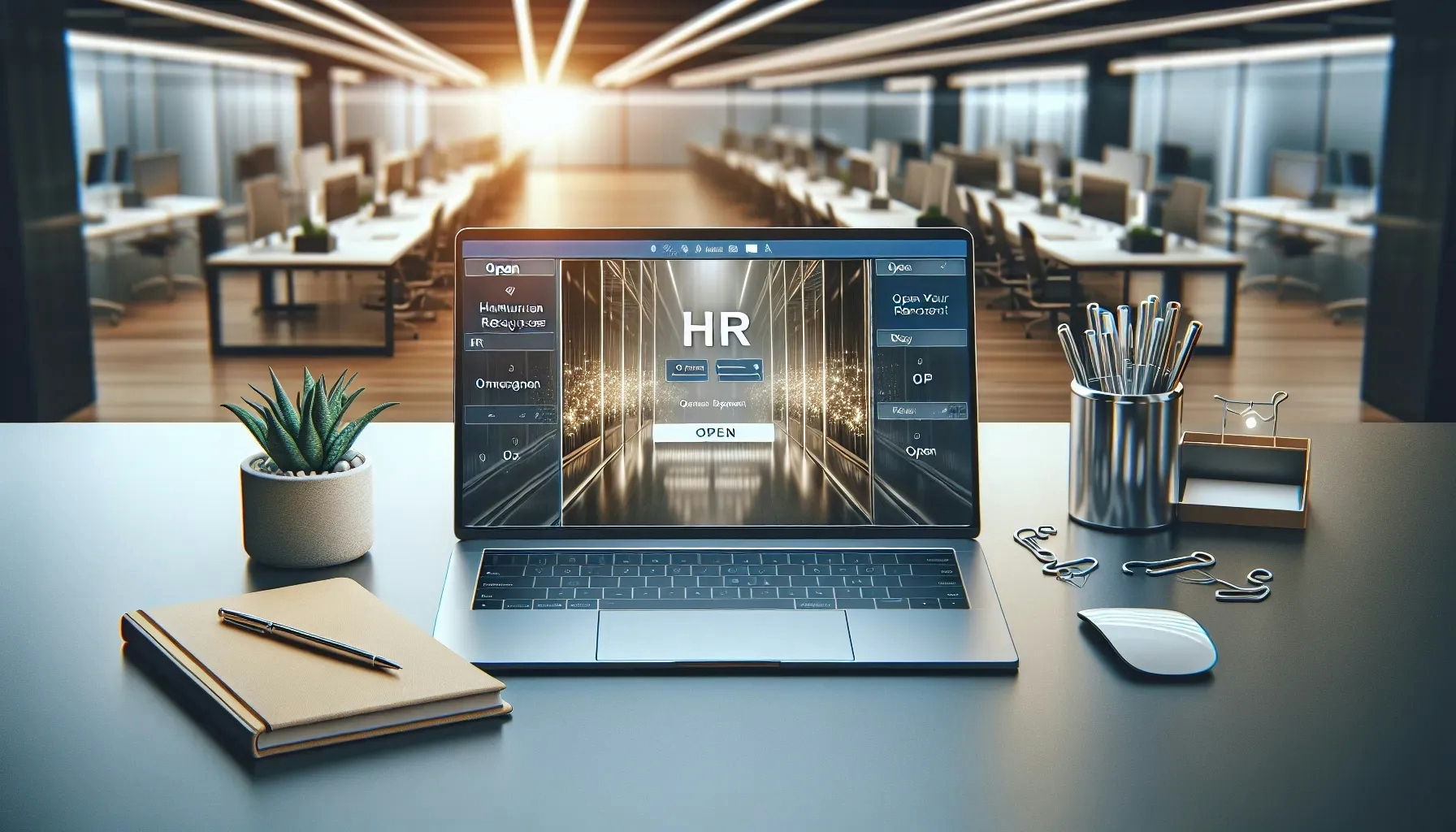What Technology is Crucial for Managing HR Tasks Remotely?
In the quest to navigate the complexities of remote HR management, insights from a seasoned HR Manager highlight the significance of automating email tasks using Boomerang. Alongside expert opinions, we've gathered additional answers that reveal a spectrum of technological innovations transforming the HR landscape. From the convenience of AI-powered chatbots to the security promised by blockchain technology, discover the pivotal tools that are reshaping how HR tasks are managed remotely.
- Automate Email Tasks with Boomerang
- Streamline HR with Cloud-Based Software
- Efficient Queries with AI-Powered Chatbots
- Enhance Communication via Mobile Apps
- Immersive Training with Virtual Reality
- Secure Remote Work with Biometric Systems
- Ensure Integrity with Blockchain Technology
Automate Email Tasks with Boomerang
I don't know how I'd manage remotely without Boomerang for Gmail. As an HR team of one, I am always looking for ways to automate or eliminate the amount of 'chasing people down' I have to do. It allows me to not only pre-schedule emails (recurring or one-offs), but also pings me when a dedicated email doesn't get a response within a predetermined amount of time, so that nothing falls through the cracks. It's allowed me to reclaim hours of lost productivity, and I tout its amazingness to anyone who'll listen.

Streamline HR with Cloud-Based Software
One crucial piece of technology for managing HR tasks remotely has been cloud-based HR software. This technology has streamlined various HR functions, including employee onboarding, performance management, and time tracking. It enables seamless collaboration and access to essential HR data from anywhere. With a centralized platform, remote teams can efficiently manage workflows, track employee progress, and ensure compliance. The real-time accessibility of information has improved communication and transparency, facilitating smoother remote operations. This technology has been instrumental in maintaining HR processes effectively, fostering a connected and organized approach to human resource management despite the challenges of remote work.

Efficient Queries with AI-Powered Chatbots
AI-powered chatbots serve as an essential tool for handling employee questions and concerns efficiently. These intelligent systems can learn from interactions to provide quick and accurate responses, reducing the need for HR personnel to engage in time-consuming correspondence. By automating the response process, they can help to significantly cut down on the workload for human resources departments.
Furthermore, chatbots are available 24/7, which means employees can get the help they need whenever they need it, regardless of time zones or working hours. If HR tasks are overwhelming your organization, consider implementing an AI chatbot system to streamline inquiries and improve response times.
Enhance Communication via Mobile Apps
Mobile apps are transforming the way HR departments interact with employees, particularly in remote work scenarios. These apps allow for direct communication, easy sharing of information, and the ability to manage tasks such as timesheets and holiday requests from any location. The convenience of mobile technologies means that HR functions can be carried out effectively, even when team members are spread across various locations.
Moreover, these apps can push important notifications to ensure employees are always up-to-date with company news and updates. To enhance your remote workforce management, explore the benefits of integrating a mobile app solution into your HR processes.
Immersive Training with Virtual Reality
Virtual reality (VR) technology is proving to be a game-changer for conducting immersive training sessions with remote teams. VR simulates real-world environments, enabling employees to practice and learn new skills in a controlled, interactive setting that closely mirrors actual work scenarios. This technology can bridge the gap created by the lack of physical presence, allowing for a more engaging and effective training experience.
With VR, training can be standardized across all employees, ensuring a consistent level of instruction regardless of location. For dynamic and impactful remote training solutions, look into incorporating virtual reality technology within your HR practices.
Secure Remote Work with Biometric Systems
Biometric systems provide a high-security solution for enabling remote work without compromising sensitive company data. By using unique biological characteristics, such as fingerprints or facial recognition, these systems can restrict access to authorized personnel only, substantially reducing the risk of unauthorized access. This technology can also track and manage employee attendance and working hours, adding an extra layer of security to the remote work infrastructure.
Additionally, the convenience of biometric systems allows for quick and seamless user authentication. To secure your remote workforce's access, consider adopting biometric verification technologies in your HR security protocols.
Ensure Integrity with Blockchain Technology
Blockchain technology is fostering a new level of transparency and security in HR tasks, particularly when it comes to managing employee records and employment history. Its decentralized nature means that records are easily verifiable and protected against unauthorized changes, creating a tamper-proof system. Blockchain’s reliability ensures that all parties can trust the data within, which is crucial when records need to be shared with external parties like regulatory bodies.
Employing blockchain can signal to both employees and partners that your organization values integrity and transparency in its operations. To strengthen the trust in your HR record-keeping, start integrating blockchain technology within your processes.

